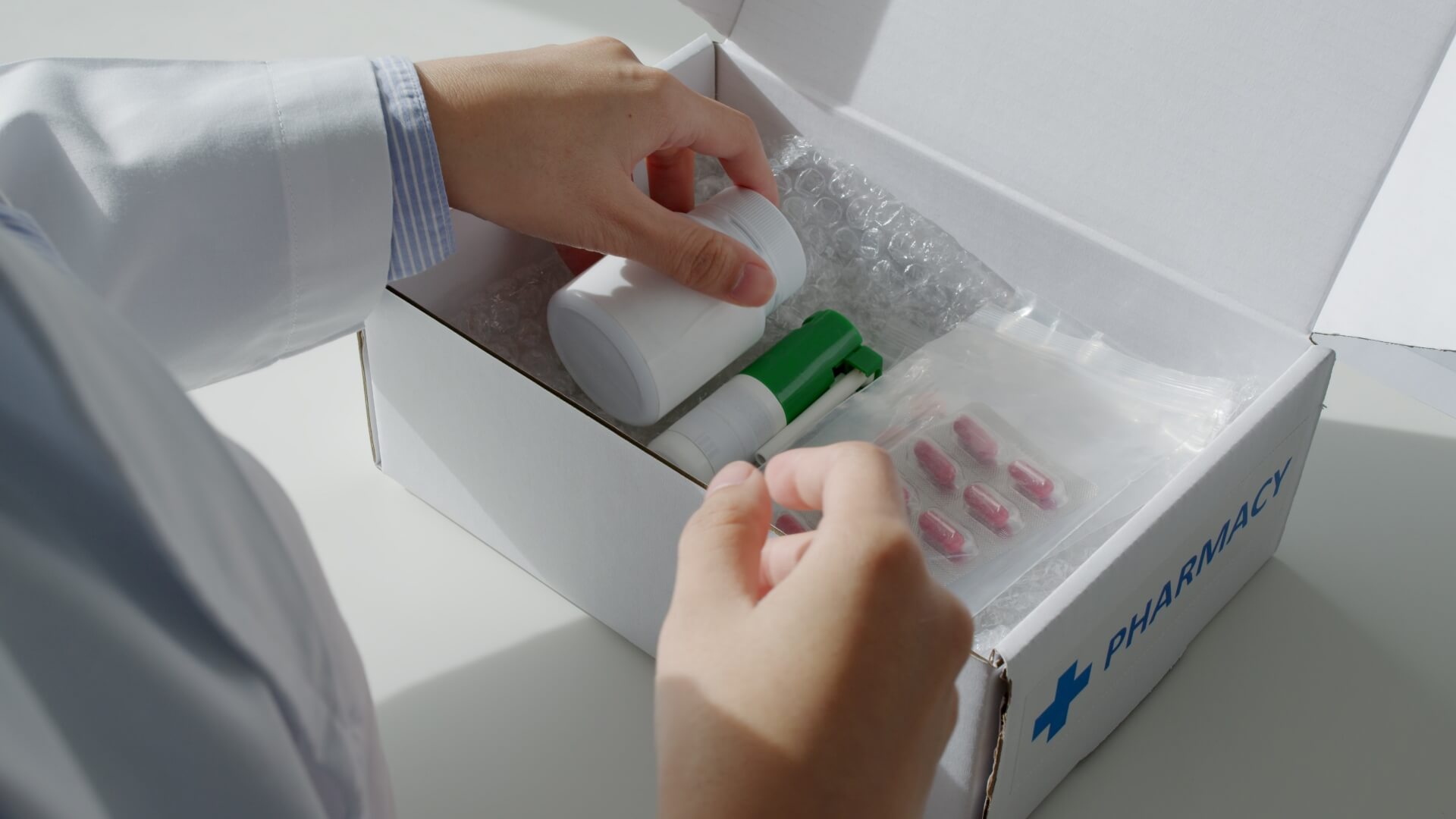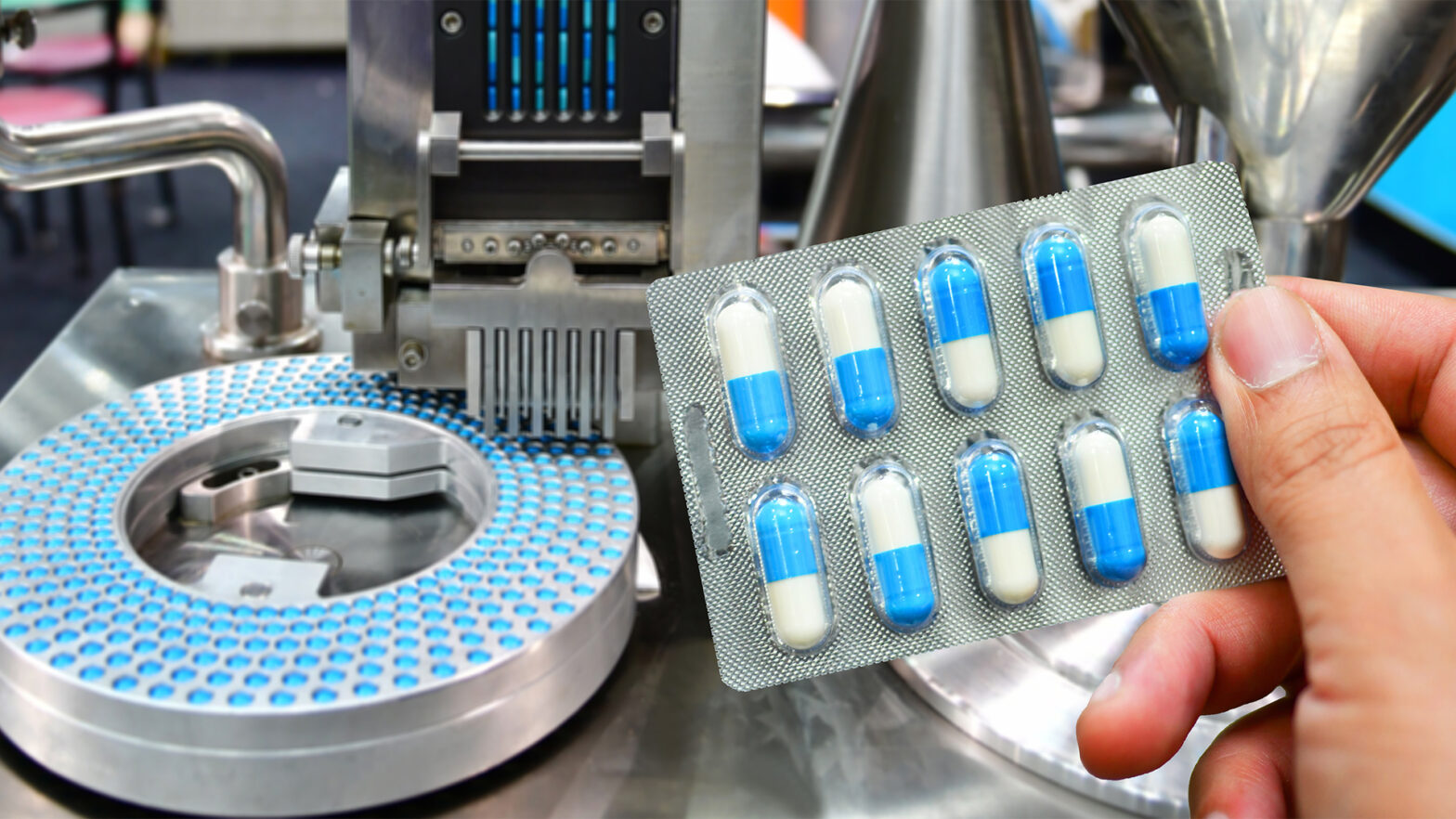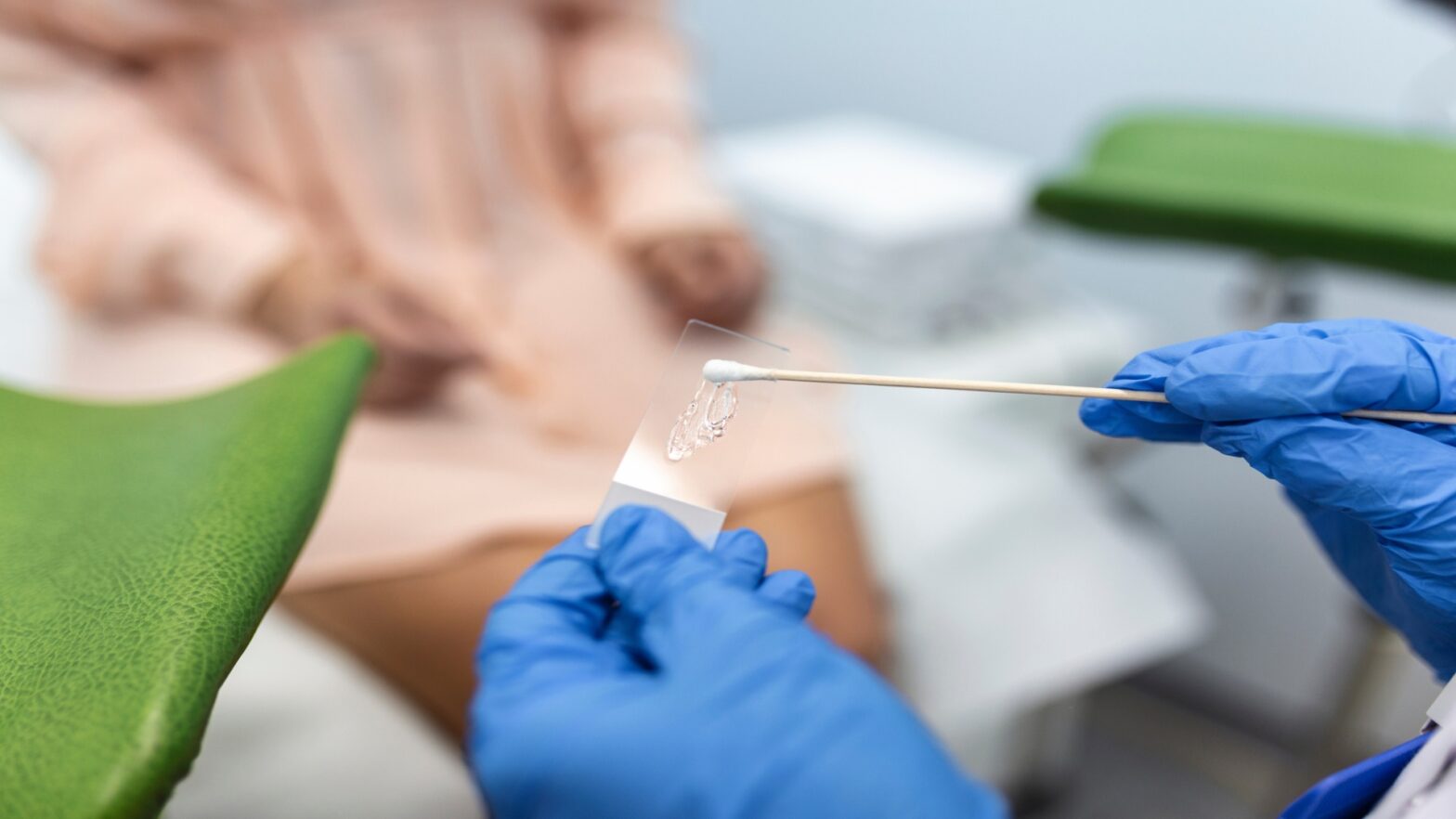Taking control of medications’ safe and effective transportation is a matter of importance, as it directly impacts patients’ well-being. Rigorous adherence to transportation standards ensures that these pharmaceutical goods meet regulatory guidelines and maintain their quality.
By prioritizing temperature control, secure packaging, and traceability measures, among other key elements, companies can ensure that medical products are transported safely.
10 Important Medication Transportation Standards
If you want to preserve the quality of your medications and ensure your customers and patients stay happy and healthy, you’ll need to follow 10 important medication transportation standards.
1. Temperature Control and Monitoring
An essential aspect of the transport of medication is maintaining appropriate temperatures. For most medicines, a stable environment is necessary to preserve their efficacy. Always monitor temperature levels using data loggers and invest in well-insulated shipping containers.
2. Packaging Integrity
An important factor to consider during drug transportation is the safety of medicine packaging. It’s vital that packaging remains intact throughout the journey to prevent contamination or damage. Utilize high-quality materials and appropriate sealing practices for secure shipment.
3. Traceability and Tracking Systems
Ensure proper traceability during transportation by using tracking systems designed for pharmaceutical supply chains. By monitoring your shipment’s location through a free route planner app, you’re able to maintain transparency while reacting promptly to any issues.
4. Compliance with Regulations
Understand the local and international regulations concerning medication transportation, as these may vary from region to region. Make sure that you adhere to all guidelines and remain compliant at all times while moving medicines across borders to avoid legal disputes.
5. Tamper-Resistant Measures
As some medications can be valuable targets for theft, it’s crucial to implement tamper-resistant measures into your shipping process to avoid any potential contamination. This includes things like GPS tracking devices, secure seals on packages, and constant monitoring of shipments.
6. Training Personnel
Your personnel should be well-trained in handling sensitive medications during transport, with a clear understanding of specific standard operating procedures (SOPs). Provide regular training sessions and updates on existing protocols, as that’s the best way to keep your supply safe.
7. Proper Documentation
Maintaining accurate documentation ensures the smooth movement of medical shipments through borders or between distribution centres. If your documentation is suspect or illegal, your shipment could be held up due to missing or incorrect info on forms required by regulations.
8. Appropriate Storage Facilities
When storing pharmaceuticals temporarily en route during transportation, make sure proper storage conditions are met according to each medication’s requirements. That means placing all medication in temperature-controlled rooms or refrigerated units if necessary.
9. Security Measures
Aside from theft prevention, ensure the overall security of loaded vehicles to limit any unauthorized access by maintaining secure premises, locked doors, or even having a dedicated security team on-site. It’s also important to keep all medication at the facility locked.
10. Contingency Plans
Lastly, establish effective contingency plans for unforeseen scenarios such as extreme weather conditions or route diversions. Being prepared for these unexpected events helps mitigate risks and ensures that your shipment reaches its destination safely and efficiently.
In Conclusion…
In conclusion, upholding the highest standards in the transport of medication is crucial for the well-being of individuals who rely on these treatments daily. A conscientious approach to every aspect of drug transportation ensures that medicines are delivered safely and uncompromised.
Let us make a collective effort to abide by best practices in order to foster a robust and effective pharmaceutical supply chain. This will improve public trust and advances our mission toward a healthier and more inclusive society built on the foundations of persistent care and commitment.


















